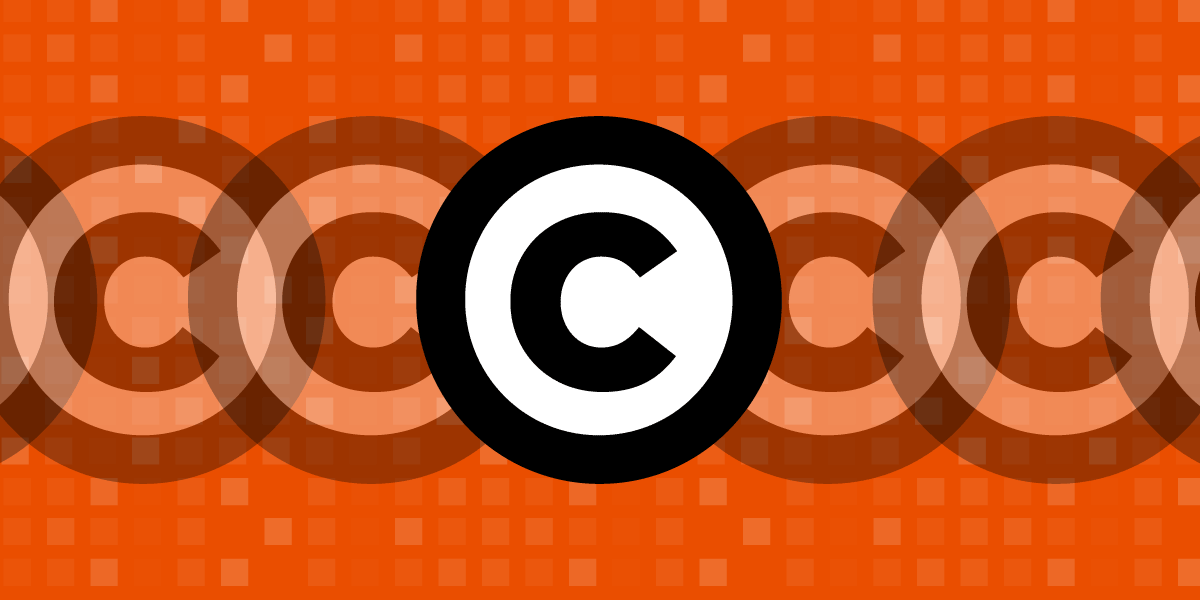The parties in this case, software companies SAS Institute Inc. (SAS) and World Programming Ltd. (WPL), have been feuding for years in multiple courts in the U.S. and abroad. At the heart of the case is SAS’s effort to effectively own the SAS Language, a high-level programming language used to write programs for conducting statistical analysis. The language was developed in the 1970s at a public university and dedicated to the public domain, as was software designed to convert and execute SAS-language programs.
A few years later, however, some of its developers rewrote the software and founded a for-profit company to market and sell the new version. It was alone in doing so until, yet more years later, WPL developed its own, rival software that can also convert and execute SAS-Language programs. WPL didn’t copy any of the code from SAS’s program; it simply wrote its own program so that a person accustomed to SAS input formats can achieve the same functionality with WPL’s competing product. SAS claims WPL copied nonliteral, functional elements of its system: input formats (which say how a programmer should input data to a program to make the program work properly) and output designs (which the computer uses to let the programmer view the results correctly). These interfaces specify how the computer is supposed to operate—in response to inputs in a certain format, produce outputs that are arranged in a certain design. But those interfaces don’t instruct the computer how it should perform those functions, for which WPL wrote its own code.
Confronted with new competition, SAS ran to court. SAS first sued WPL in the U.K. for copyright infringement, losing in 2013. SAS then sued WPL in North Carolina, claiming copyright infringement and breach of contract. SAS lost on its copyright claim in 2014, but won at trial on the contract claim.
After SAS appealed its copyright loss in the North Carolina case, in 2017 EFF filed an amicus brief supporting WPL in the Fourth Circuit Court of Appeals, urging the judges to protect interoperability, reverse engineering, and innovation by upholding traditional limits on the scope of copyright power. However, the Fourth Circuit didn’t decide the copyright issues. SAS had won on contract claims in the district court, which the Fourth Circuit affirmed on appeal in 2017. The Fourth Circuit then vacated the copyrightability ruling in WPL’s favor as moot.
Perhaps hoping that the third time would be the charm, SAS then sued WPL in Texas in 2018 for both patent and copyright infringement. SAS’s patent claims were dismissed with prejudice, and in 2020, SAS lost on the copyright claims again. However, SAS decided to appeal only the copyright claims. Because SAS included patent claims in the case, the copyright appeal will be heard by the U.S. Court of Appeals for the Federal Circuit. The Federal Circuit is supposed to be almost entirely focused on patent cases, but a party can make sure its copyright claims are heard there too by simply including patent claims early in the litigation, and then dropping them later. That tactic means that a legal theory on software copyrightability that has lost in three courts across two countries will get yet another hearing.
Based on the Federal Circuit’s previous ruling, in Oracle v. Google, SAS is hoping that the Federal Circuit will say that choosing among various options can suffice to justify copyright protection. In other words, if a developer had other programming options, the fact that it chose a particular path can allegedly be “creative” enough to merit exclusive rights for 70+ years. In 2021, EFF filed an amicus brief explaining why the Federal Circuit's previous ruling should not save SAS’s case. Oracle v. Google was based on a fundamentally incorrect assumption that the Ninth Circuit (the jurisdiction from which Oracle arose and, therefore, whose law the Federal Circuit was bound to apply) would accept the “creative choices” theory. How do we know that assumption was wrong? Because the Ninth Circuit later said so, in a different case.
But SAS should lose for another reason. In essence, it is trying to claim copyright in processes and methods of operation—elements that, if they are protectable at all, are protected only by patent. If SAS couldn’t succeed on its patent claims, it shouldn’t be allowed to rely on copyright as a backstop to cover the same subject matter. In other words, SAS cannot both (1) evade the limits on patent protection such as novelty, obviousness, eligible patent subject matter, the patent claim construction process, etc.; and, at the same time (2) evade the limits on copyright protection by recasting functional elements as “creative” products.
The Federal Circuit heard oral argument in the appeal January 2022. In April 2023, the Federal Circuit affirmed the district court, in an opinion that did a good job of explaining the framework for deciding copyrightability of functional aspects of software.





